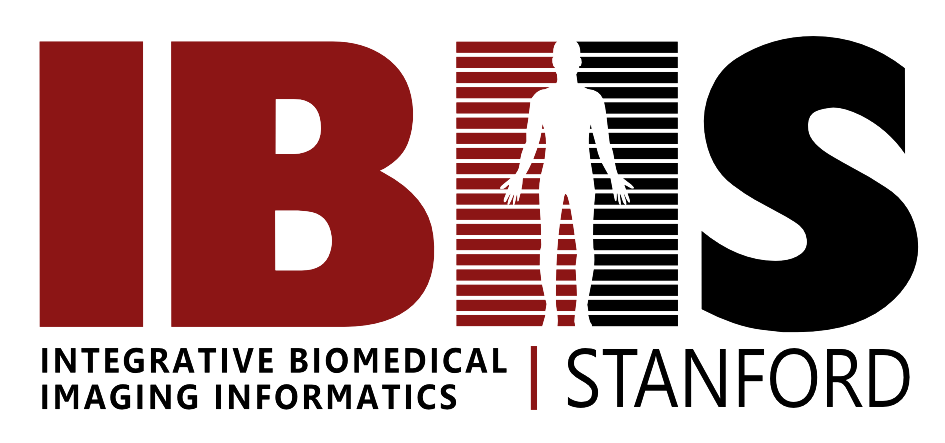A multi-level integrated model to identify prognostic cancer subtypes using radiogenomics

The frequency of tumor occurrence across patients in each survival group was visualized as heatmaps (Figure 2), in which common events are shown as “hot” areas and less frequent events are shown as “cooler”. The heatmaps revealed that the poor and good survival groups have distinct imaging location phenotypes: the poor survival group of patients had tumors in the right deep white matter adjacent to the posterior lateral ventricle and its subventricular zone; in contrast, tumors associated with good survival were more diffusely distributed throughout the brain and did not localize to any particular anatomic region. Image analysis found consistent results: tumors in the right deep white matter were significantly associated with poor survival. Molecular characterization of this group of poor prognostic tumors had up-regulations of genes in the PDGFRA pathway.

Perfusion imaging and integrated analysis work is ongoing. Perfusion imaging is a type of functional magnetic resonance imaging (MR) modality that measures blood flow in the brain. Tumor growth requires vascular supply, and thus new blood vessels were formed from existing vasculature, a process known as angiogenesis. Tumor growth may also lead to blood brain barrier breakdown, which is often associated with abnormal level of blood flow in the brain. We are interested in identifying perfusion image features that are associated with prognosis (Figure 3), as well as gaining an understanding of the underlying biology of micro-vascular activity. Integrating imaging features with molecular features using a pathway model not only allows us to create a comprehensive profile of the disease, but also enables us to link phenotypic information with genomic information at the pathway level.




